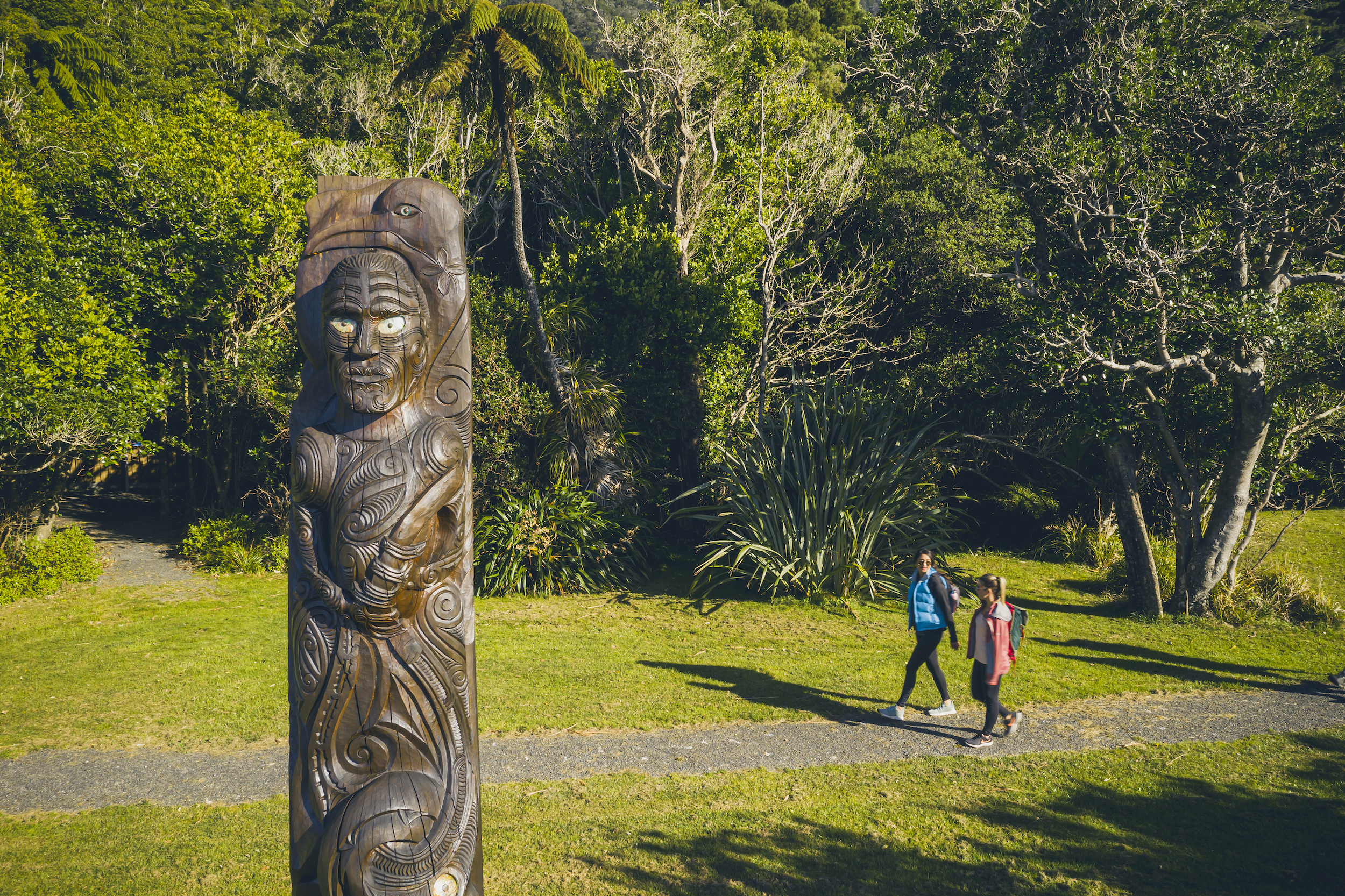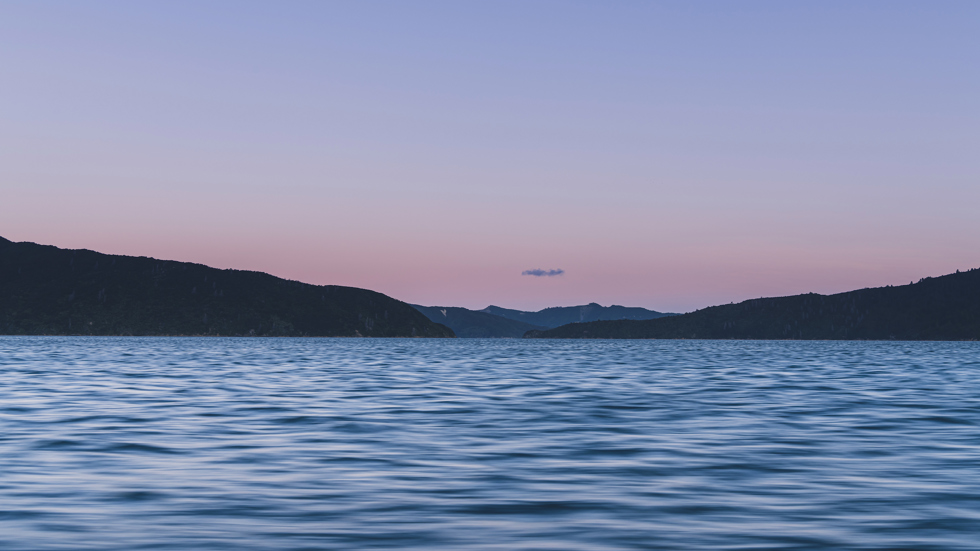Located at the north-east corner of the South Island, the Marlborough Sounds comprises of three main sounds: Queen Charlotte Sound/Tōtaranui, Kenepuru Sound and Pelorus/Te Hoiere Sound, as well as many other minor sounds, inlets and bays.
The main towns in the Marlborough Sounds are Picton and Havelock, with many smaller settlements, isolated homes and farms scattered to the furthest reaches of the Sounds – some without road access.
With about 4,000km2 of coastline, the Marlborough Sounds comprises 1/5 of the total length of New Zealand’s coast. It supports a rich population of marine wildlife, including seals, dolphins, penguins, stingrays, rare sea birds and the odd visiting whale.

Early Māori favoured the Marlborough Sounds for its shelter and rich food sources. Captain James Cook also took advantage of its resources and anchored in Ship Cove/Meretoto several times in the 1770s during his explorations of New Zealand. Subsequent European settlement brought farming, mining and whaling to the Marlborough Sounds.
Today, one of the Marlborough Sounds’ main industries is aquaculture and the region is well-known for its Greenshell mussels, King salmon, oysters and clams. Find out more about exploring Marlborough's delicious seafood with Marlborough Tour Company.
Much of the Marlborough Sounds was modified by humans. Increasingly, areas are being turned into conservation reserves, largely driven by volunteers. There are now pockets of regenerating native bush, predator-free islands and peninsulas supporting rare native wildlife such as kiwi, kakariki, tuatara, frogs, weta and lizards.


